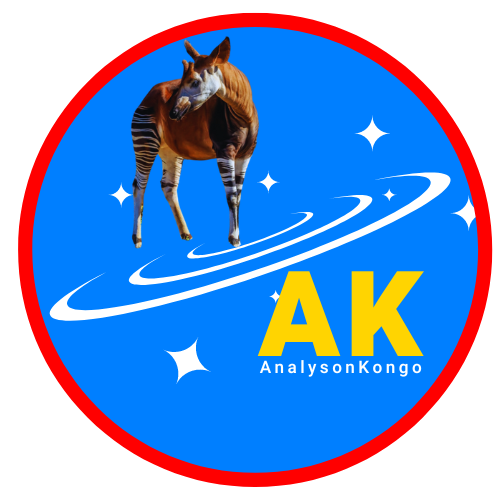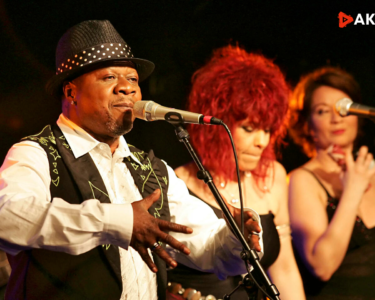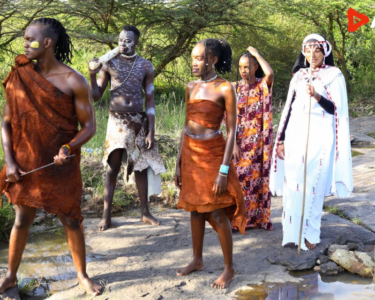
The Democratic Republic of Congo (DRC) is a vast and complex country, with a cultural richness that reflects a mosaic of unique traditions, languages, and customs. At the heart of this diversity, four major linguistic groups—Swahili, Lingala, Tshiluba, and Kikongo—play a fundamental role in shaping the national identity. This article explores how each of these groups contributes to the cultural soul of Congo.
The Four Linguistic Pillars of the DRC
These four languages are not just means of communication; they are the carriers of deep cultures, marked by histories, beliefs, and arts that transcend regional boundaries. Together, they form the cultural fabric of Congo, a country where diversity is both a challenge and a strength.
1. Swahili: A Culture of Multiple Influences
Origin and Spread
Swahili, a Bantu language with deep roots in East African history, has spread across the eastern part of the DRC, particularly in the South Kivu province. This language is a legacy of trade along the East African coast, incorporating Arab and Indian influences.
Swahili Culture
Swahili culture is rich and varied. Arab influences are evident in music and dance, such as taarab, a traditional melodic music accompanied by graceful dances. Swahili cuisine, marked by spices and ingredients from the Orient, is another testament to this cultural fusion.
Literature and poetry are also vital aspects of Swahili culture, with authors capturing the essence of daily life, traditions, and social struggles. Religious celebrations, such as Eid al-Fitr, reflect a community deeply rooted in its beliefs while remaining open to external influence.
2. Lingala: The Voice of Rumba and Visual Arts
Geographical Area
Lingala is primarily spoken in the Congo Basin, notably in the Equateur province and the capital, Kinshasa. It is often considered the language of the city, where it has emerged as a symbol of modernity and national unity.
Lingala Culture
Lingala is closely tied to Congolese rumba, a musical genre that has conquered the world. Artists like Franco Luambo Makiadi have left an indelible mark on global music history, with their legacy enduring across generations.
Beyond music, religion holds an important place in Lingala culture, with a blend of traditional beliefs and Christianity. Visual arts, particularly sculpture and painting, reflect a spiritual depth and creative richness that transcend generations.
3. Tshiluba: A Culture Centered on Tradition and Respect
Region of Origin
Tshiluba is spoken mainly in the Kasai region, in the southwestern part of the DRC. This region is known for its rich customary traditions, where chiefs play a central role in managing community affairs.
Tshiluba Culture
Tshiluba culture is deeply rooted in animist beliefs, with strong veneration for ancestors and nature. Initiation rites, which mark significant life stages, are central to this culture.
Artisanal crafts are also an important expression of Tshiluba culture. Traditional fabrics, often colorful and decorated with symbolic patterns, as well as art objects such as masks and statuettes, are not only works of art but also hold significant spiritual meaning.
4. Kikongo: Heir to a Powerful Kingdom
Geographical Distribution
Kikongo is spoken in the western part of the DRC, particularly in the Kongo Central province. This region has a rich history, being the heart of the former Kingdom of Kongo, one of the most powerful and influential kingdoms in precolonial Africa.
Kikongo Culture
Kikongo culture is marked by a strong sense of historical heritage. The Kingdom of Kongo, with its royal traditions and social structures, has left an indelible mark on the region’s culture.
Kikongo beliefs and rituals are centered on ancestor worship and rites of passage, which play a crucial role in the community. Performing arts, such as traditional dances and songs, are not only cultural expressions but also means of passing down values and stories from generation to generation.
Conclusion: Unity in Diversity
The DRC is a country where cultural diversity is both a richness and a challenge. The four major linguistic groups of the country each contribute in their own way to the richness of Congolese culture. However, this diversity must be preserved and celebrated, especially in the face of globalization challenges that threaten to erode these precious traditions.
It is essential to recognize and value this unique cultural heritage, not only to maintain national unity but also to ensure that future generations can continue to connect with their roots and celebrate the diversity that makes the DRC great.




